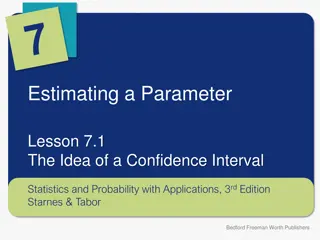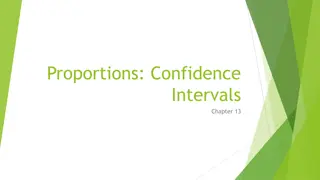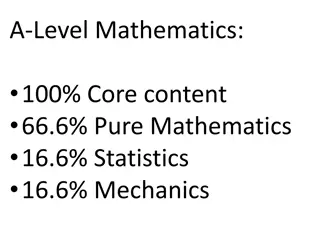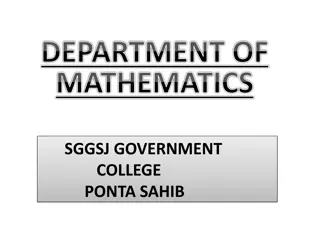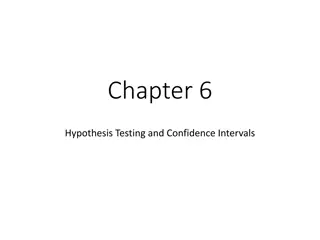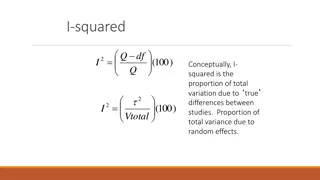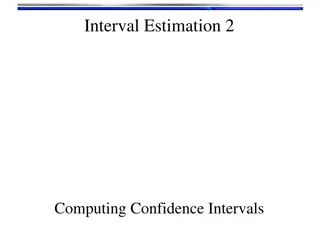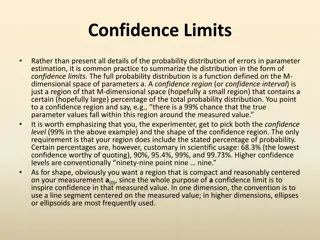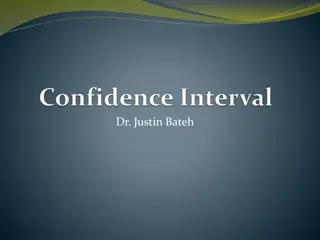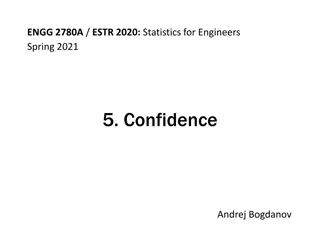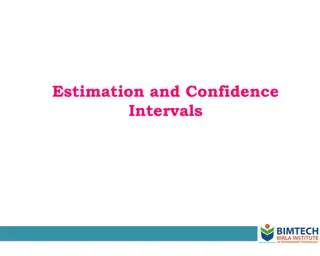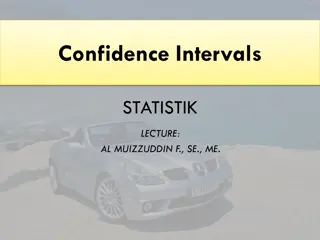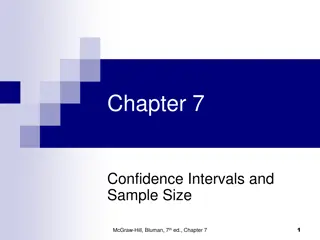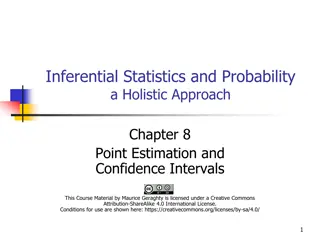Statistics in Further Mathematics Survey and Confidence Intervals
A detailed exploration of statistics in further mathematics covering topics such as survey methodologies, confidence intervals, and the Central Limit Theorem. Understand the concepts of sample representation, population mean estimation, and the importance of statistical inference. Dive into practical applications through pulse rate studies and confidence interval calculations. Enhance your knowledge in data analysis and mathematical modeling within the realm of further mathematics.
Download Presentation

Please find below an Image/Link to download the presentation.
The content on the website is provided AS IS for your information and personal use only. It may not be sold, licensed, or shared on other websites without obtaining consent from the author.If you encounter any issues during the download, it is possible that the publisher has removed the file from their server.
You are allowed to download the files provided on this website for personal or commercial use, subject to the condition that they are used lawfully. All files are the property of their respective owners.
The content on the website is provided AS IS for your information and personal use only. It may not be sold, licensed, or shared on other websites without obtaining consent from the author.
E N D
Presentation Transcript
Circular Flow of Econoland Understand and analyze the circular flow model and it s components ES: C-4 and IR-7
Procedure: What Goes Around Comes Around 15 minutes to engage in the simulation Households: Sell your factors of production to firms/Buy ECONOS Firms: Buy factors of production from households/Sell ECONOS Read instructions on handout Activity 10.1 Goal: Households: Acquire as many ECONOS as possible Firms: Acquire as much money as possible Winners from each group will receive an extra credit point on Test #1
Conclusion: How do individuals and families in households depend on people in businesses? How do businesses depend on individuals and families in households? What is the role of government in the circular flow of economic activity?
Summary: The value of output equals value of income generated Output and input are linked Output and employment are linked



